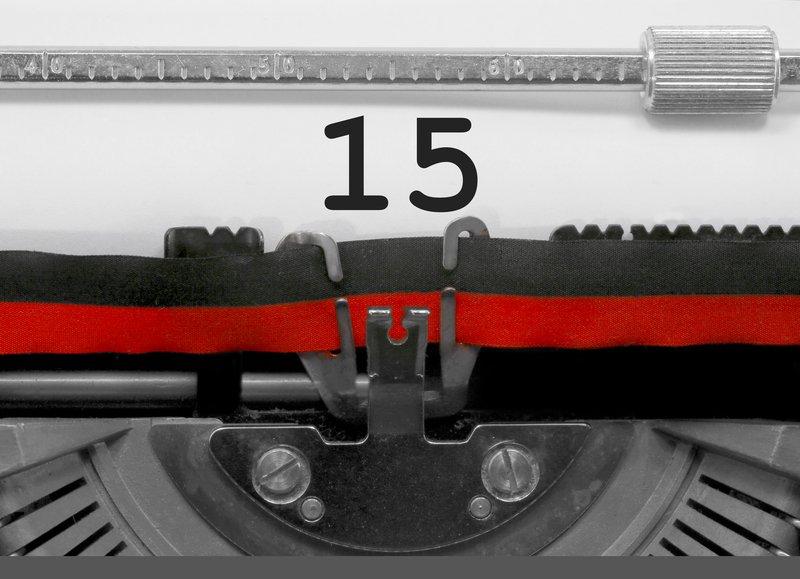Would you oblige if a stranger walked up to you and asked to borrow £100 on the spot with a promise that you would be paid back in 30 days? Thought not!
What about repayment and the implications if it failed to materialise? Despite these obvious risks, many firms are expected to do business this way.
With such a lot at stake, risk assessment and effective credit management are paramount for small businesses.
Bad debts rarely occur without warning, so if you are pragmatic and assess your risk at every step, you will minimise the threat of insolvency.
Why credit management is so important to the health of your business
No matter how small your business is, you must ensure you have good risk control, fast payment collection, and a clean sales ledger to protect your investment, improve your company’s cash flow and help with the profit level.
Traditionally, under the finance banner, the credit management responsibility has moved somewhere between sales and finance; However, everyone should be responsible, especially if you do not have a dedicated finance/sales department.
By sharing financial information with all employees, your team should be able to work together to help protect your organisation’s bottom line.
Company credit policies and procedures are essential—creating one and communicating it is vital to removing the risk of disagreements.
The objective of a sale is to maximise profit, therefore the sale should not be made until all reasonable efforts have been made to ensure that the potential customer can afford to pay, and will pay promptly.
Remember that the average business loses all profit on a sale if a debt becomes 60 days overdue and has to work very hard to repair the damage if it has bad debts.
The following key issues must be looked at when managing your cash flow and credit management policy:
Top tips to manage credit successfully
What is the scope?
Define the scope of the credit function, but remember to be flexible taking into account the changing economic climate and unforeseen changes to the business
Who is in charge of the credit checking functions?
Show who has authority over what and draw up a flow chart of all decision processes, i.e. accepting new customers, changing status of existing customers, exceptions to payment terms, changing credit limits, suspending accounts, using third-party enforcement
Have terms and conditions in place
Free Tide Business Bank Account - £50 Cashback!

Open a free business current account to qualify + enjoy 12 months free transactions. Read our Tide review.
Draw up general selling conditions, i.e. interest charges on overdue accounts, unambiguous payment terms
Manage all sources of cash
Make sure you manage all sources of cash and account for all repayments whether it is investments, loans or money received from a sales ledger
Maximise your working capital
Current liabilities should not exceed current assets, as this could cause a cash flow problem in the future
Maximise profits
Any interest you pay is a significant cost against your profit. Getting your cash in quicker will reduce this cost and therefore increase your profit
Minimise the impact of bad debts
Bad debts are a cost against sales. The only positive way to recoup such losses is through additional sales. For example, £100 bad debt in a business showing 10% profit will require additional sales of £1,000 to recoup the lost £100 profit.
Support sales
Support sales: The finance people will have a valuable insight into customers’ payment behaviour and should be able to identify which are at risk; reviewing new customers’ information is key, but monitoring your existing customers is equally important
Every time you make a sale, you have four chances to re-affirm your general sales conditions and specific payment in terms of writing the following:
- The order acknowledgement – An early chance to avoid any confusion over a customer order and eliminate difficulties on collecting payments
- The advice note – If you don’t have time to issue an order acknowledgement, an advice note can act in the same way
- The invoice – This should be concise and to the point with essential details of the service/product; charges for the service/product with VAT details; how and when to pay and to whom; full company registered name, place, number and address.
- The statement of account – Useful as a summary of trading activity, the basis for the customer’s inventory reserve, a reconciliation tool, a reminder of payment due date; an opportunity to include a tear off remittance advice to encourage prompt payment
This guide was written for ByteStart by Jonathan Strutt, Sage (UK) Limited.










